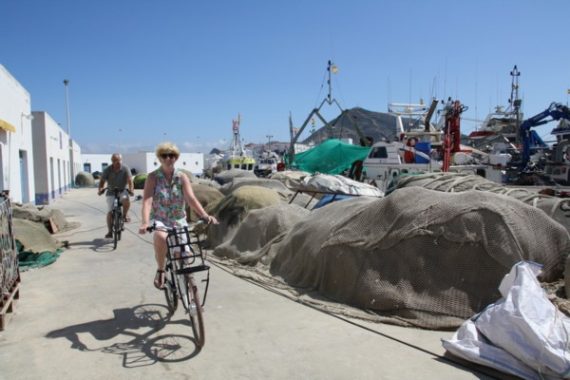Fishing Port of Altea
A historical sample of what the fishing activity means for the people of the coast, is perfectly reflected in this small fishing port typical of the Mediterranean.
If we are meticulous in the observation we will find the entrance to a world of industrial and social archeology very interesting.
Spain, with a coastline of almost 8,000 km, is home to the biggest fishing industry in the EU. The majority of fishing activities are carried out in the coastal regions of Spain. Positioned at the far south-west corner of Europe, the country enjoys entry points into both the Atlantic Ocean and the Mediterranean Sea, and offers good conditions for marine and freshwater aquaculture. Spain produces over 1.2 million tonnes of fish products per annum, more than any other EU country. 70 % comes from sea fishing, 29 % from aquaculture and a mere 1 % from inland fishing.
Spain has excellent environmental and climatic conditions, with availability of adequate sea fishing areas located a reasonable distance from the coastline. As a country of age-old marine traditions, it is the largest producer of fish in the EU by volume and the largest consumer market for fisheries and aquaculture products.
The fishing fleet is made up of 9,408 vessels, making it the 3rd largest in the EU. Galicia represents almost 50 % of all vessels, followed by Andalusia (15 %), Catalonia (9%), and the Canary Islands (9 %). In terms of value, the most important fish species are tuna-like species and needlefish followed by coastal fish: cod, hake, herring, sardines, and anchovies. Crustaceans and molluscs consisting of prawns, shrimp, squid, cuttlefish, and octopus are ranked third. Fishing provides employment to roughly 41,500 people (0.24 % of the total employed in Spain).
